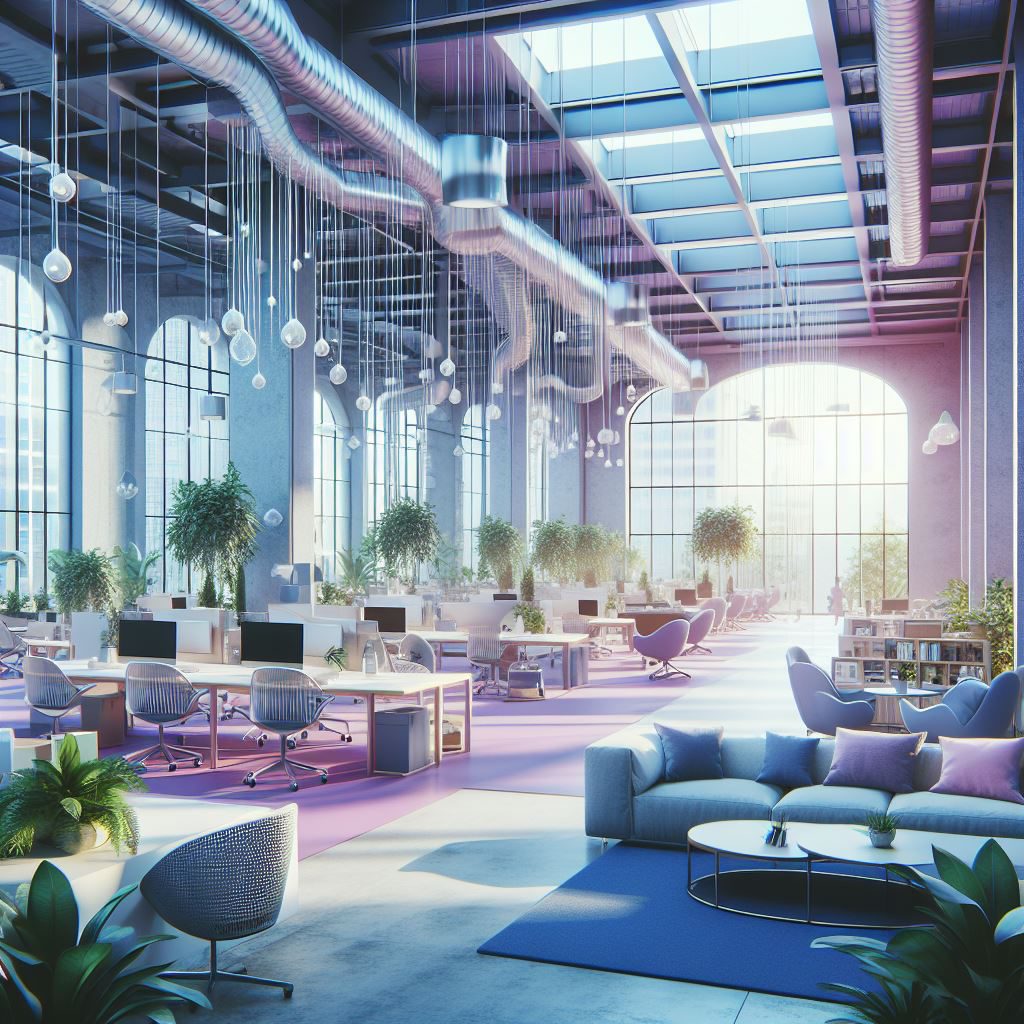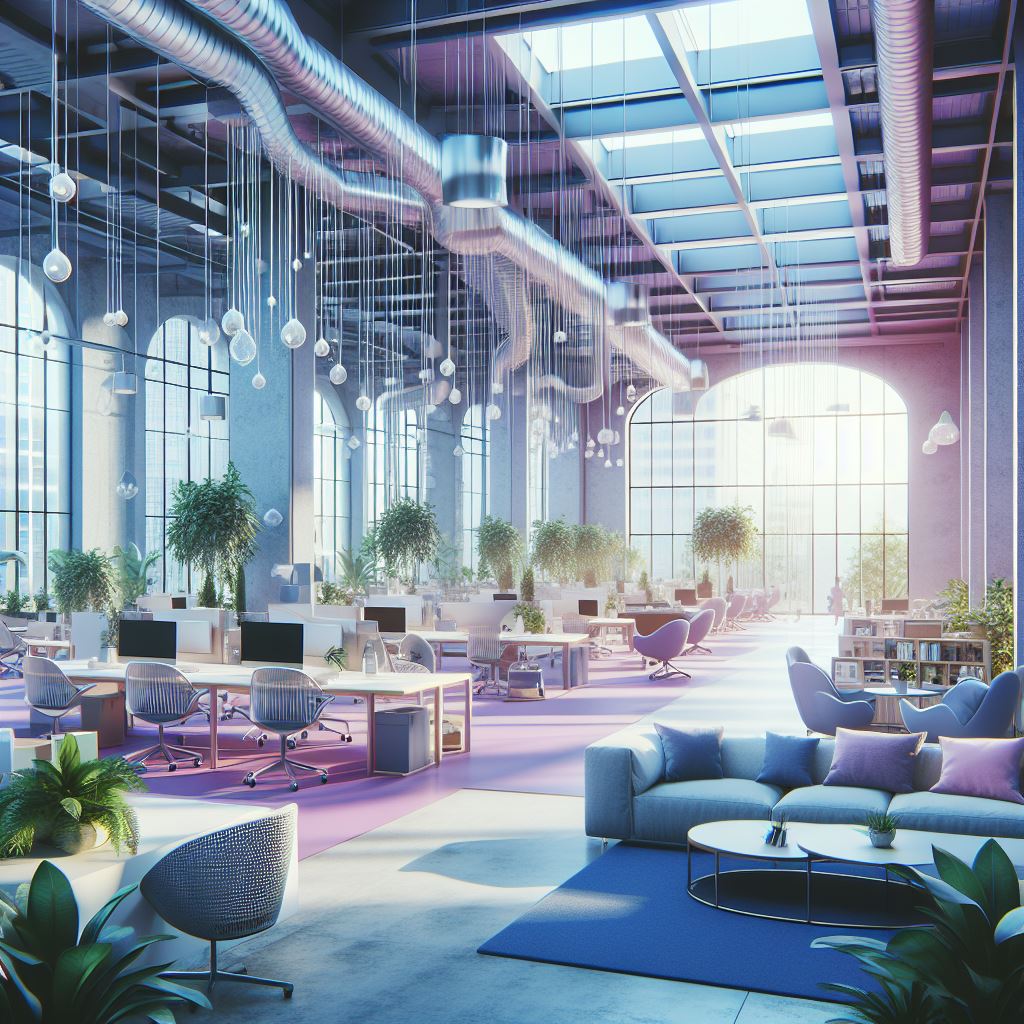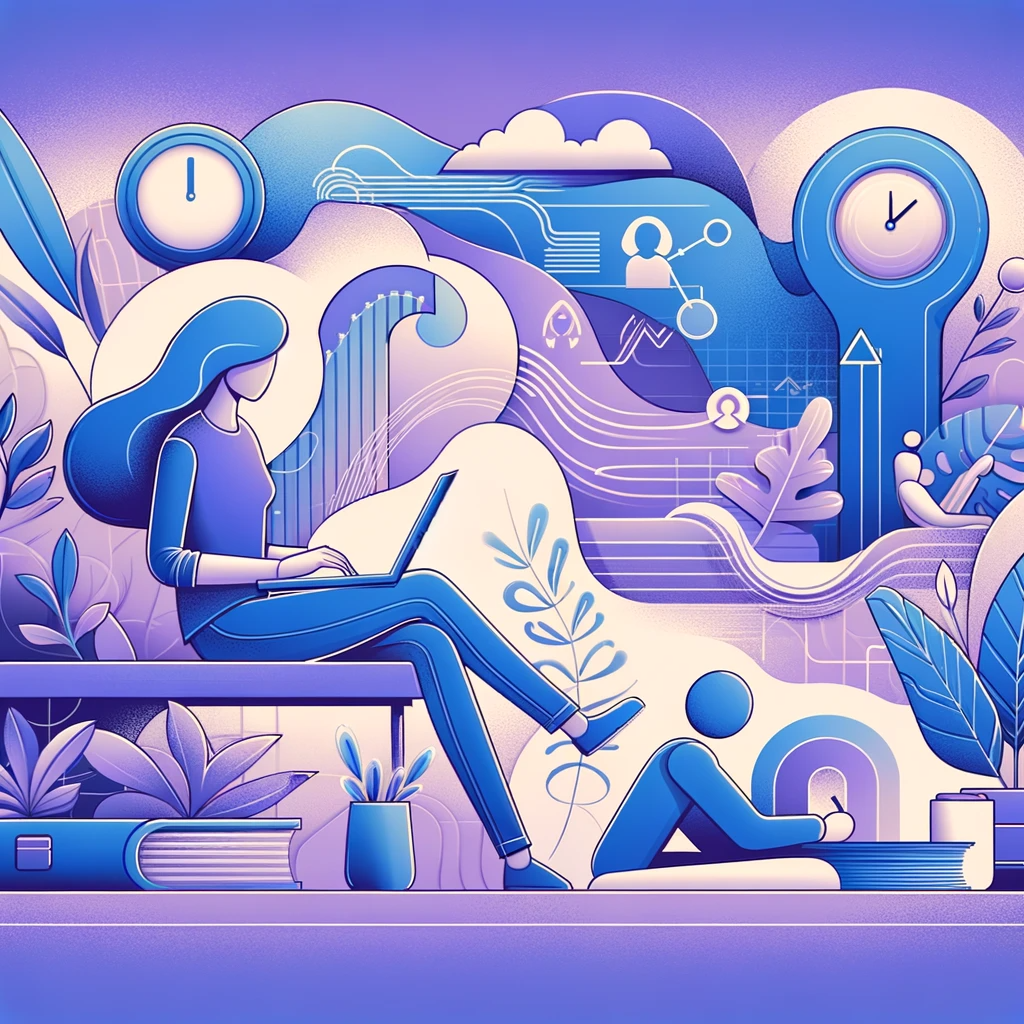Employee Satisfaction: The Impact of Physical Workspace Design
Employee satisfaction is crucial for a company’s success. A significant yet often overlooked aspect of this is the design of the physical workspace. This article explores how physical workspace design directly influences employee satisfaction.
Employee Satisfaction: How Workspace Design Matters
A well-designed workspace can dramatically improve employee satisfaction. Studies have shown that factors like lighting, space layout, and even furniture choice can affect how employees feel about their workplace. These elements, when thoughtfully arranged, contribute to a more comfortable and productive environment.
Research shows that cubicle workers are often less happy and productive compared to the 90% of private office workers who report high satisfaction and productivity. Common complaints include noise distractions and lack of privacy, leading over half of employees to wear headphones, sometimes even without music. Additionally, consider that one in three remote workers admit to working in minimal attire, like being naked or in underwear.
The Role of Natural Light in Enhancing Employee Satisfaction
Natural light is a key component. It has been proven to boost mood and energy levels, leading to increased satisfaction and productivity. Offices designed to maximize natural light can make a significant difference in how employees perceive their work environment.

Employee Satisfaction: Ergonomics and Comfort
Ergonomics plays a vital role in workspace design. Comfortable seating, proper desk height, and user-friendly workstations are essential. When employees are physically comfortable, they tend to be more satisfied and less prone to work-related injuries.
Creating an Inspiring Environment: Workspace Aesthetics and Satisfaction
Moreover, the aesthetic aspect of workspace design shouldn’t be underestimated. An aesthetically pleasing environment can inspire creativity and a sense of well-being among employees. Elements like art, color schemes, and greenery can enhance the overall ambiance of the workplace.
Employee Satisfaction: The Power of Collaborative Spaces
Collaborative spaces are also crucial. These areas encourage teamwork and communication, vital for employee satisfaction. A workspace that promotes interaction and collaboration can foster a sense of community and belonging among employees.
Workspace Flexibility and Its Impact on Employee Satisfaction
Flexibility in the workspace is another important factor. The ability to adjust one’s work area or choose where to work within the office can empower employees, giving them a sense of control and satisfaction.
The Importance of a Healthy Work Environment
Lastly, a healthy work environment is imperative. This includes good air quality, proper lighting, and noise control. A workspace that takes care of these aspects shows employees that their well-being is a priority, which in turn boosts satisfaction.
Conclusion: Satisfaction in the Well-Designed Workspace
In conclusion, the physical design of a workspace is a powerful tool in enhancing employee satisfaction. By focusing on aspects like natural light, ergonomics, aesthetics, collaborative spaces, flexibility, and a healthy environment, companies can create spaces that not only meet functional needs but also foster happiness and productivity among their workforce.
To understand how flexible work arrangements can significantly enhance employee satisfaction, be sure to explore our insightful article, “Employee Satisfaction: The Positive Impact of Flexible Work Arrangements.”









